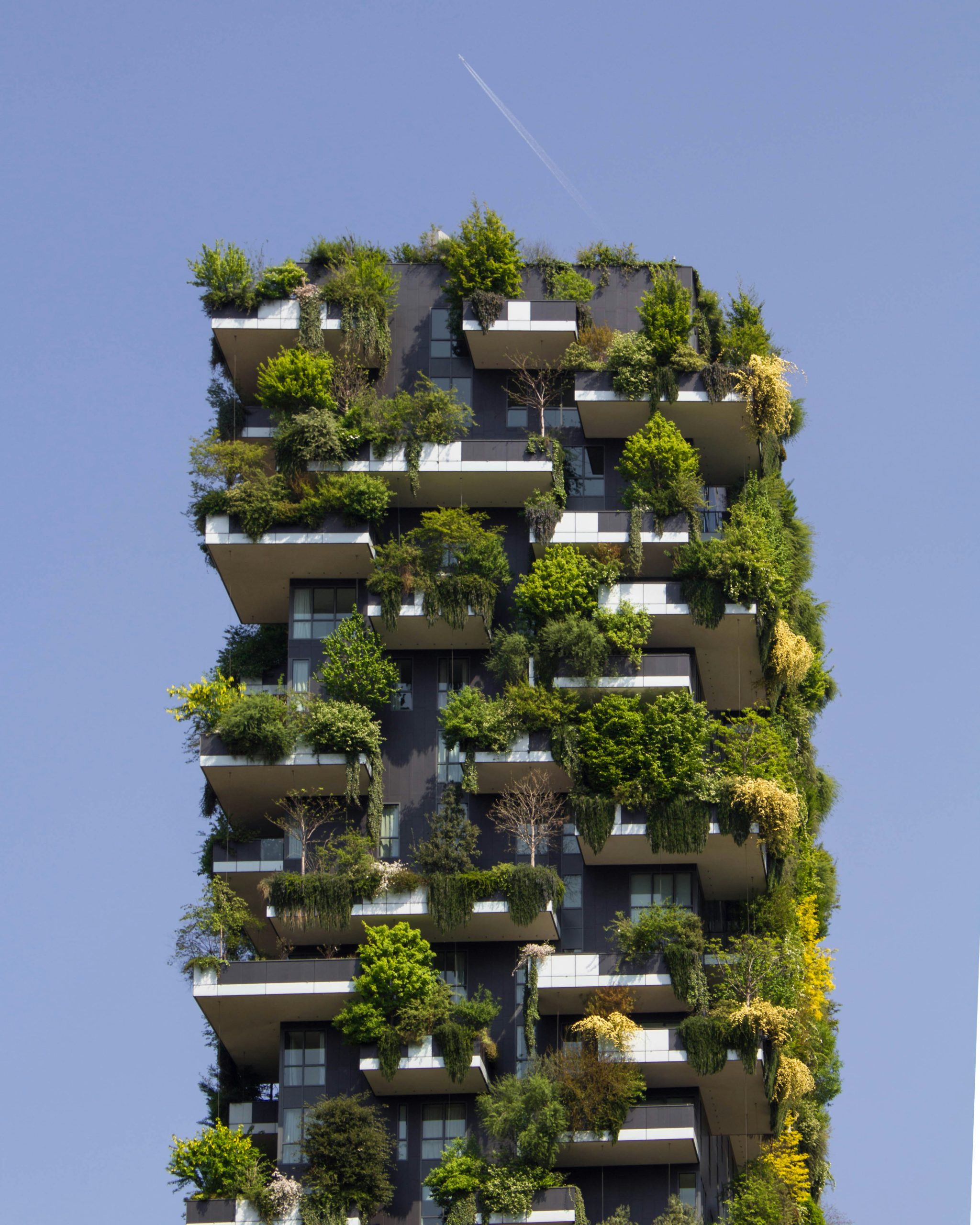In recent years, sustainability has become a buzzword across various industries, and real estate is no exception. As we move towards a more eco-conscious world, the demand for green building practices and energy-efficient homes is skyrocketing. Homebuyers and investors alike are recognizing the importance of sustainable living—not only for the planet but also for their wallets.
The Rise of Green Building Practices
Green building practices focus on creating environmentally responsible and resource-efficient structures throughout a building’s life cycle—from planning and design to construction, operation, maintenance, and even renovation or deconstruction. Here are some of the latest trends in green building:
- Eco-Friendly Materials: Builders are increasingly using sustainable materials such as reclaimed wood, bamboo, recycled metal, and low-VOC (volatile organic compounds) paints. These materials reduce the environmental impact of construction and improve indoor air quality.
- Energy-Efficient Systems: Incorporating energy-efficient HVAC systems, insulation, and windows helps reduce energy consumption and greenhouse gas emissions. Advanced technologies like geothermal heating, radiant floor heating, and smart thermostats are becoming more common.
- Renewable Energy: Solar panels, wind turbines, and other renewable energy sources are being integrated into residential developments. These systems not only reduce reliance on fossil fuels but also lower utility bills for homeowners.
- Water Conservation: Efficient water management systems, such as rainwater harvesting, greywater recycling, and low-flow fixtures, are essential components of green building. These practices help conserve water resources and reduce utility costs.
The Benefits of Energy-Efficient Homes
Energy-efficient homes are designed to minimize energy consumption while maximizing comfort. Some key benefits include:
- Cost Savings: Energy-efficient homes typically have lower utility bills due to reduced energy and water consumption. Homeowners can save significantly on heating, cooling, and electricity costs over time.
- Improved Comfort: Better insulation, advanced windows, and efficient HVAC systems create a more comfortable indoor environment. Consistent temperatures, reduced drafts, and improved air quality contribute to overall well-being.
- Higher Resale Value: As demand for sustainable living increases, energy-efficient homes often have higher resale values. Prospective buyers are willing to pay a premium for homes that offer long-term savings and a reduced environmental footprint.
- Environmental Impact: By reducing energy consumption and greenhouse gas emissions, energy-efficient homes contribute to a healthier planet. Homeowners can take pride in knowing they’re making a positive impact on the environment.
Long-Term Cost Savings for Homeowners
Sustainable living isn’t just about being environmentally conscious; it’s also about financial prudence. Here are some ways that green building practices and energy-efficient homes can lead to long-term cost savings:
- Lower Maintenance Costs: Sustainable materials and energy-efficient systems tend to be more durable and require less maintenance. This can result in fewer repairs and replacements over the life of the home.
- Incentives and Rebates: Many governments and utility companies offer incentives, rebates, and tax credits for energy-efficient upgrades and renewable energy installations. Homeowners can take advantage of these programs to offset the initial costs of sustainable improvements.
- Reduced Operating Costs: Energy-efficient homes consume less energy and water, leading to lower operating costs. Over time, these savings can add up to significant financial benefits.
- Increased Property Value: Homes with sustainable features often have higher property values. This can result in a better return on investment when it’s time to sell.
Sustainability in real estate is no longer just a trend—it’s a necessity. As more homebuyers prioritize eco-friendly living, green building practices and energy-efficient homes are becoming the new standard. By embracing sustainability, homeowners can enjoy numerous benefits, from cost savings to improved comfort and a healthier environment.

 Facebook
Facebook
 X
X
 Pinterest
Pinterest
 Copy Link
Copy Link
